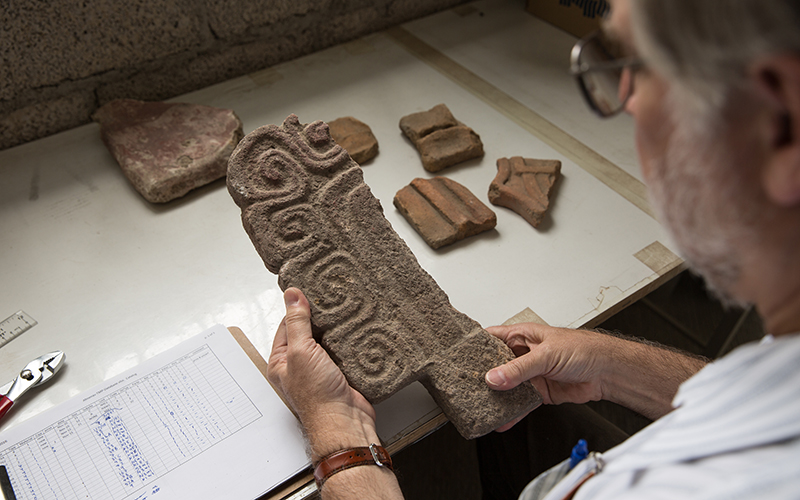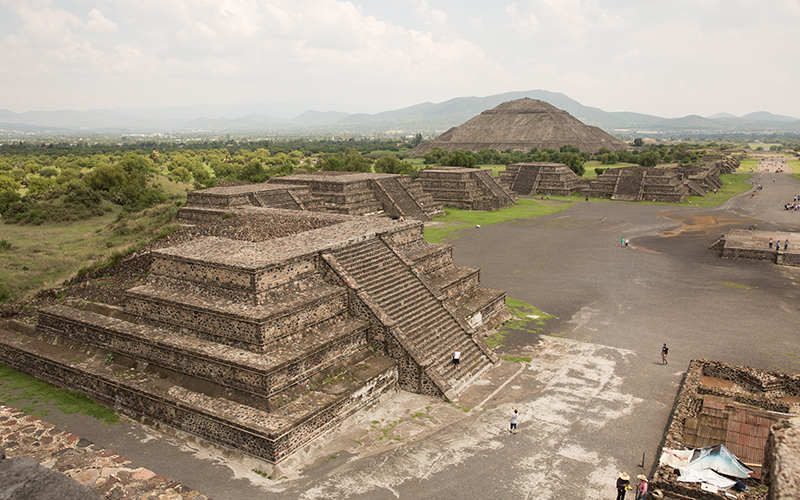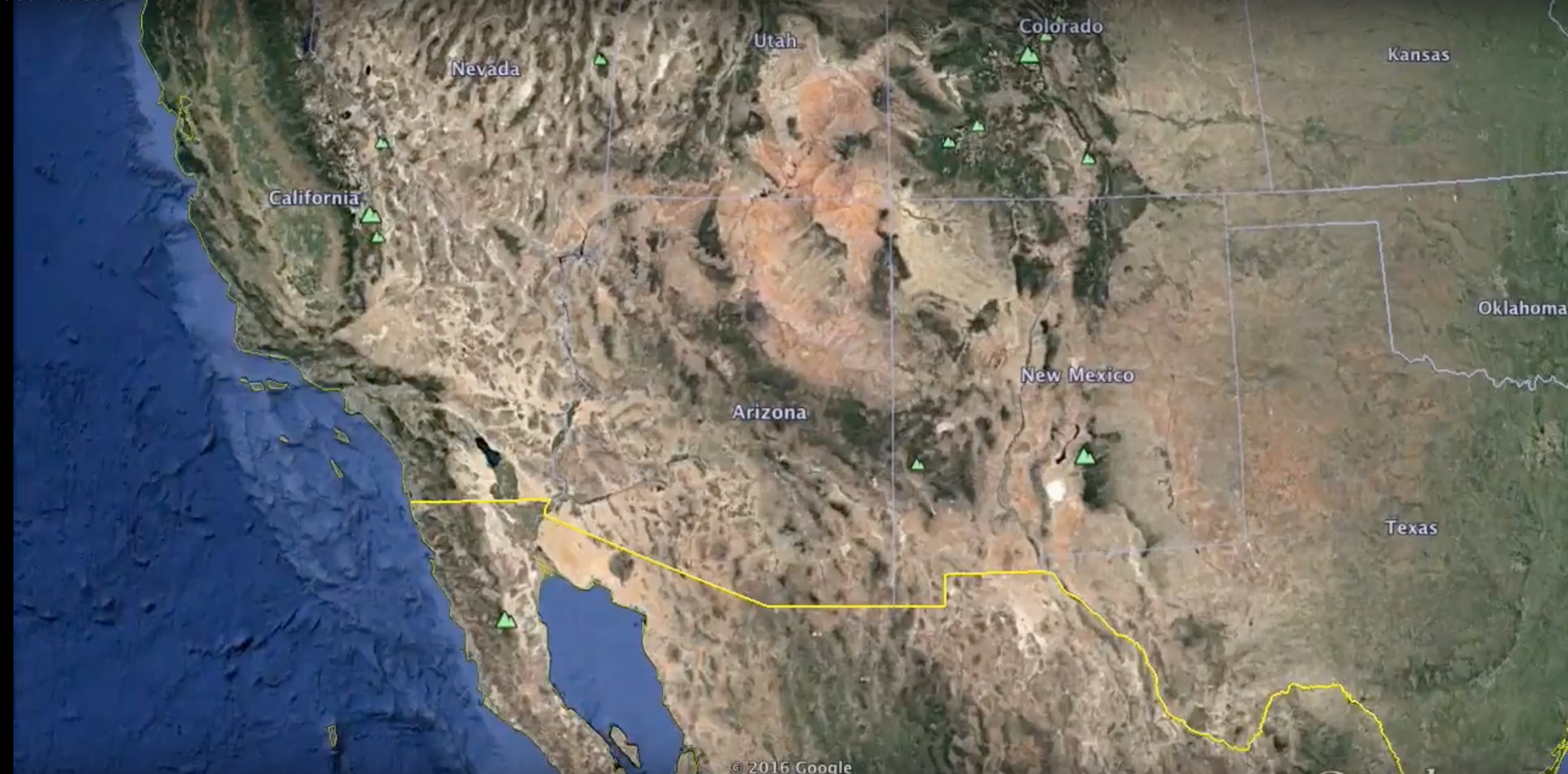Phoenix – Unraveling the mysteries of ancient ruins of Teotihuacan, Mexico could help modern cities thrive according to Michael Smith, the professor overseeing Arizona State University’s research lab near the site of the Aztec pyramids.
Smith is based in Mexico but visited Phoenix recently to give a public lecture about the lab and its work in Mexico. “Most of the fieldwork at the site is done by Mexican archeologists, but we are sort of a focus for the U.S. archeologists and foreign archeologists that are there,” said Smith, who is part of ASU’s School of Human Evolution and Social Change in the College of Liberal Arts and Sciences.
ASU took over the lab in 1986 under the direction of ASU professor emeritus George Cowgill, regarded as the world’s authority on Teotihuacan. He studied the site for 50 years. Smith first visited the ruins in 1974 as an undergraduate under Cowgill’s direction. The lab has continued to offer student researchers hands on experience and the chance to do field work at archeological excavation sites nearby

Archived artifacts await further research in the collections at the ASU Teotihuacan Research Laboratory. (Photo by Ken Fagan/ASU Now)
One of the biggest challenges is making sense of millions of artifacts that are being discovered and studied daily. “At the moment, they are excavating one of major civic compounds. It’s called the plaza of the columns. There are temples, civic buildings, and plazas and their trying too see what activities took place there,” said Smith.

Professor Mike Smith looks at part of an Almena at the ASU Teotihuacan Research Laboratory. (Photo by Ken Fagan/ASU Now)
The findings may shed more light on the Aztecs who lived the ancient world’s largest city and provide lessons for today’s urban planners. “The houses at Teotihuacan were remarkably large and luxurious. People had a very high quality of life. People have known that for a while, but we decided to calculate the level of social inequality,” said Smith. The findings were surprising. “People were very well off economically and there weren’t the disparities between the rich and poor we have today.”

 Virtual tour from Tempe to Teotihuacan
Virtual tour from Tempe to Teotihuacan